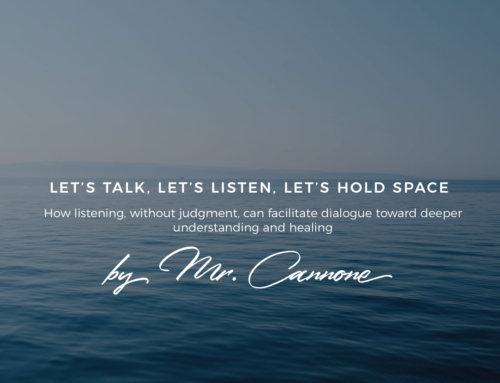My classroom, the newsroom
Everyday is a different day in the world of news. From accidents to major announcements, weather notices and world-wide events, there’s always something to be shared. My classroom is no different. If we view the classroom as a place for students to explore their interests, investigate their wonderings, and use their voice to share their findings, then we have our own little newsroom of sorts.
This next post has me reflecting on how our classroom can be viewed as a student-centred newsroom, driven by the exploration of student interests and a desire to share what students have learned to a real audience – be it the classroom or school community. Here are some ways to help make a newsroom come to life in your classroom this year:
- Determine how you will share the news.
Consider creating a Google Slides where each slide contains a Youtube link to your weekly or daily broadcast. This Google Slides can be shared to whomever you wish your audience to be. You may also consider placing your Google Slides in a Team Drive folder in your school for all classrooms to access.
In 2016, my Grade 6 students created and maintained a blog, all on their own. This became their platform to share news in its various forms – a video, an infographic, or a written post. Choose a platform that you and your students agree upon – a blog, a Youtube channel, or maybe even a Podcast. Before beginning any news broadcast, always ensure that you seek permission from your district, Principal, and your parents.

- Familiarize yourself with the Inquiry Process.
The Inquiry Process lends itself well to a truly effective, student-centred newsroom. Begin by setting up provocations related to a specific Unit of study (Social Studies or Science), and then have students generate questions that they wish to explore. The process is a bit more complex than this but the underpinnings of Questioning, Exploring, Analyzing, and Sharing, are at the heart of the way news is created and shared each day.
- Determine your media tool(s)
Updated versions of the i-Movie app allow for photo on screen or split-screen editing options. These tools allow for the classic news anchor-at-the-desk visual. These tools also make for the easiest way to deliver a news story – news anchor speaking with a simple graphic in the corner.
A more complex way of storytelling is the on-the-field news-report, also made possible with the I-Movie app. Using the voice-over feature in i-Movie will allow students to deliver a news story with various visuals in sequence and related audio layered over-top. I’ve included an example for you below of a news story produced by one of my students:
http://https://www.youtube.com/watch?v=K2NYQclAqW0
- Conduct interviews with experts!
We can learn so much from experts in our community or experts in specific fields, so why not interview these people to supplement the knowledge of concepts acquired in the classroom? Similarly, why not interview these people as part of your news broadcast? As a teacher, I would always encourage my students to find information from various sources – books, the internet, and asking people directly! Interviewing is an art – knowing what questions to ask and when, so it is important to first introduce a lesson on open-ended vs. closed questions and follow-up questions to ask based on a speaker’s response.
https://www.youtube.com/watch?v=8auel6vtXto&list=UUjI6O7oLu-vblmpX0b3qS_w&index=63
Your newsroom-classroom can be produced after a specific unit of study or at the end of each month. As the teacher, be the producer and ensure that there are a variety of different stories being produced. Allow your students to step into the role of reporter to bring the discoveries of their inquiry to an audience who may learn something new or be inspired to make a change in their own lives
5. Consider a school-level news broadcast.
This year, I co-lead a News and Media team comprised of ten dedicated, Intermediate students. Each week, we meet to discuss story ideas that we would like to produce as part of a school news broadcast. Within this team, my objective is to reach students in an engaging way – through the powerful medium of video, allowing each of these Intermediate students to empower their peers by using their voice(s). Students have been busy producing news stories and in doing so, have applied a critical lens, whereby they have reflected on how to tell a story that is rooted in truth and goodness.
It is my hope that when producing each broadcast, students will adopt new perspectives as they interview guests (via. Google Hangout) such as authors, experts, and people in the community, sharing their stories and the lessons they have learned from these people. In a way, I see these student reporters and student producers as digital missionaries whose objective is to spread the good news and inspire others to learn more or take action to make a difference.






